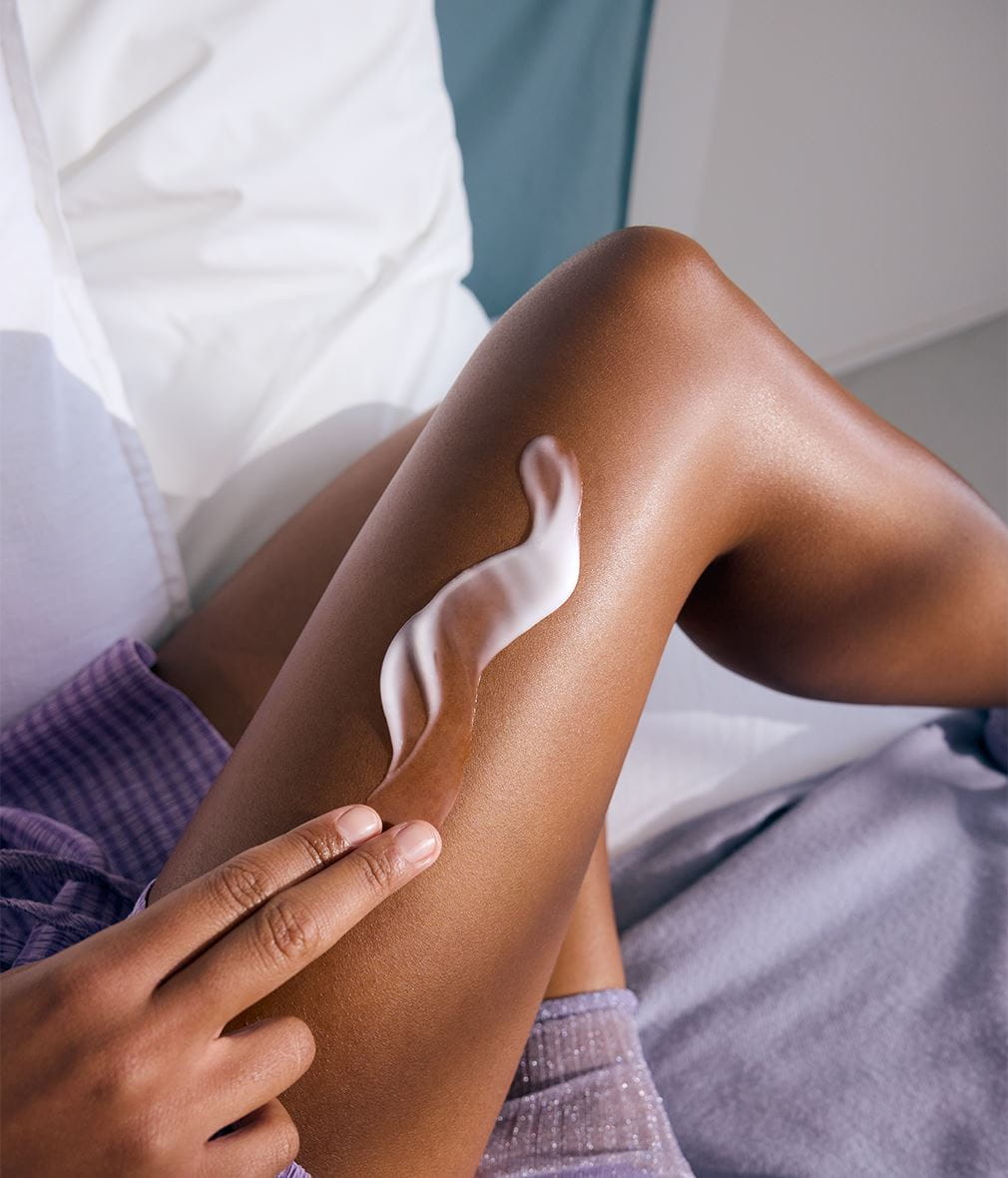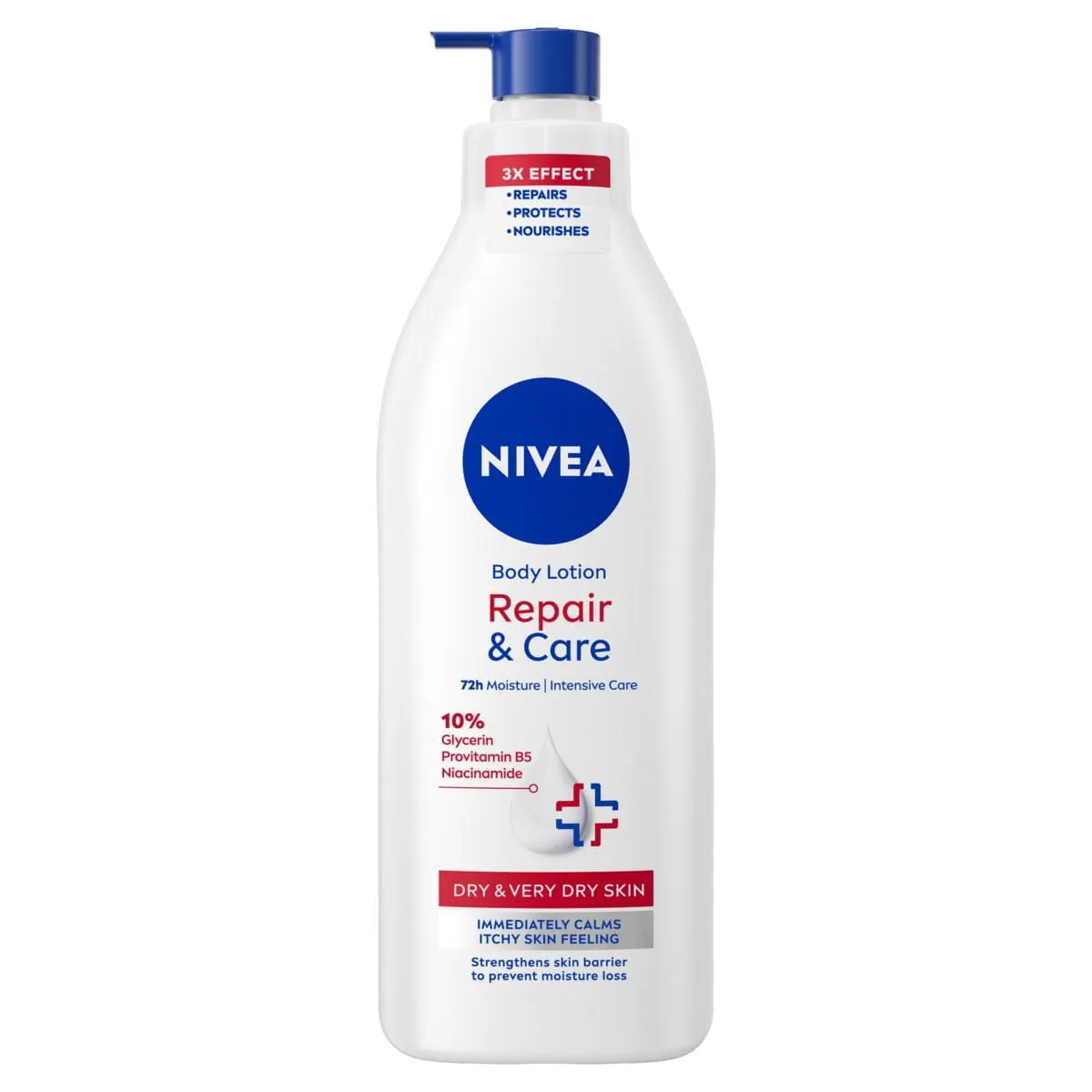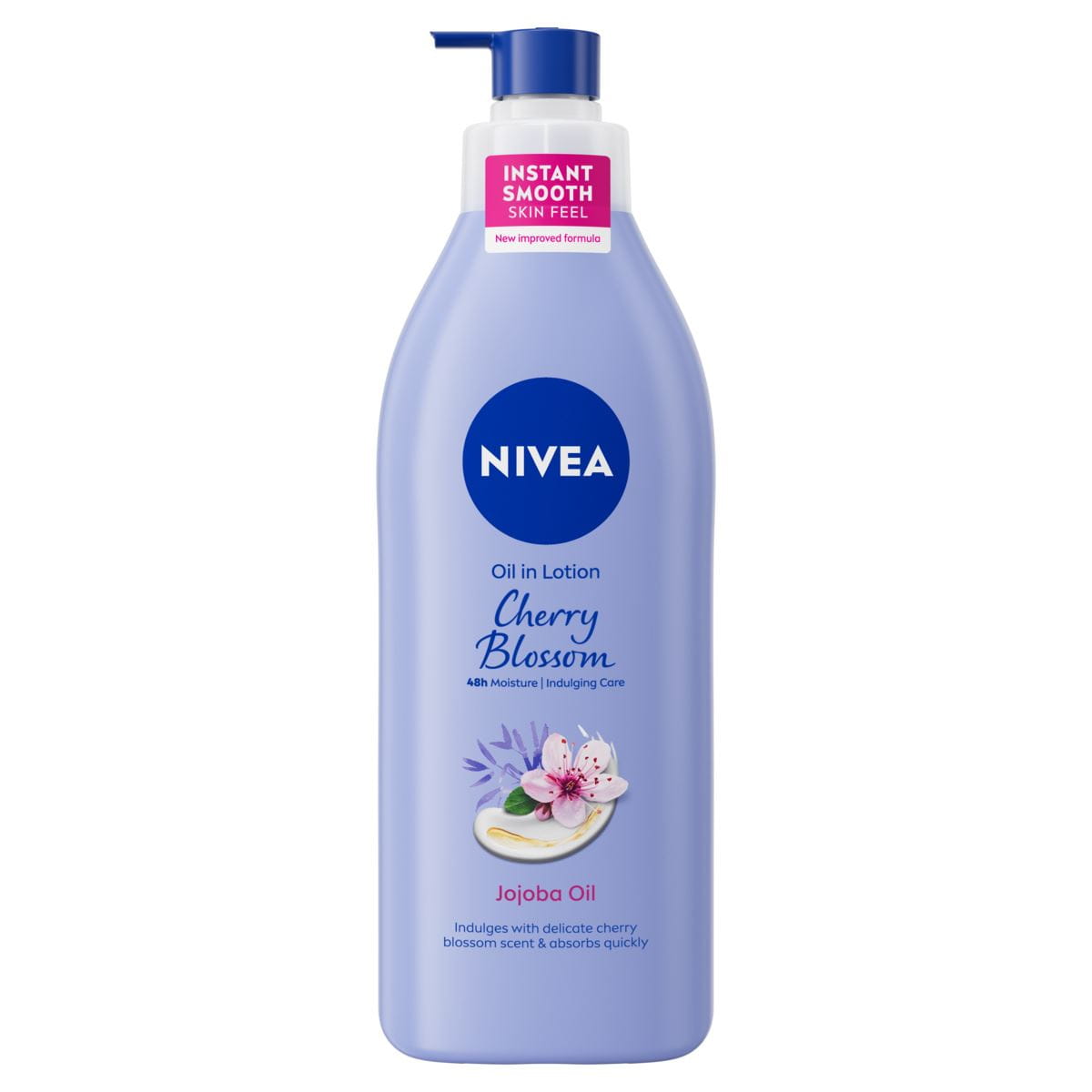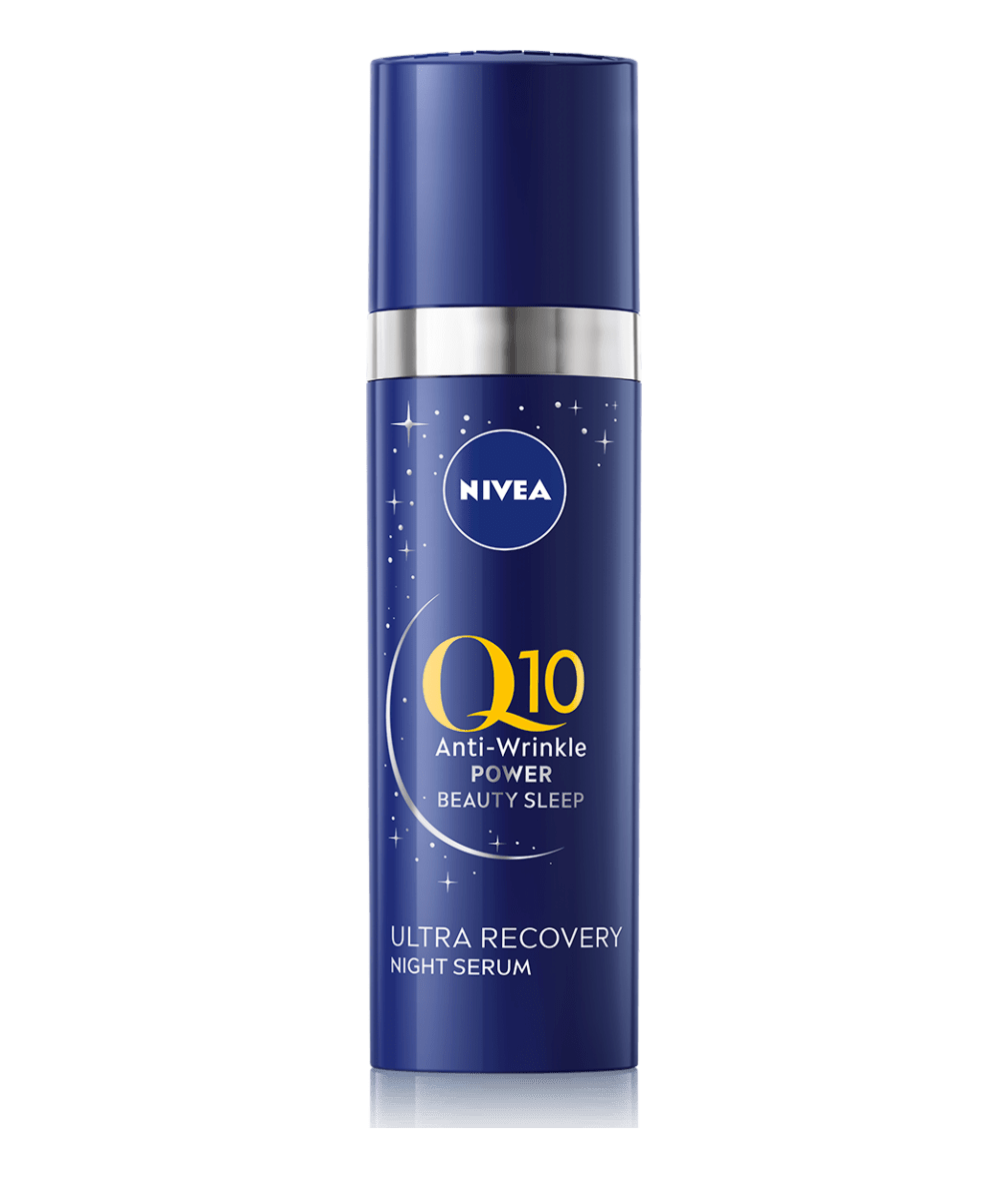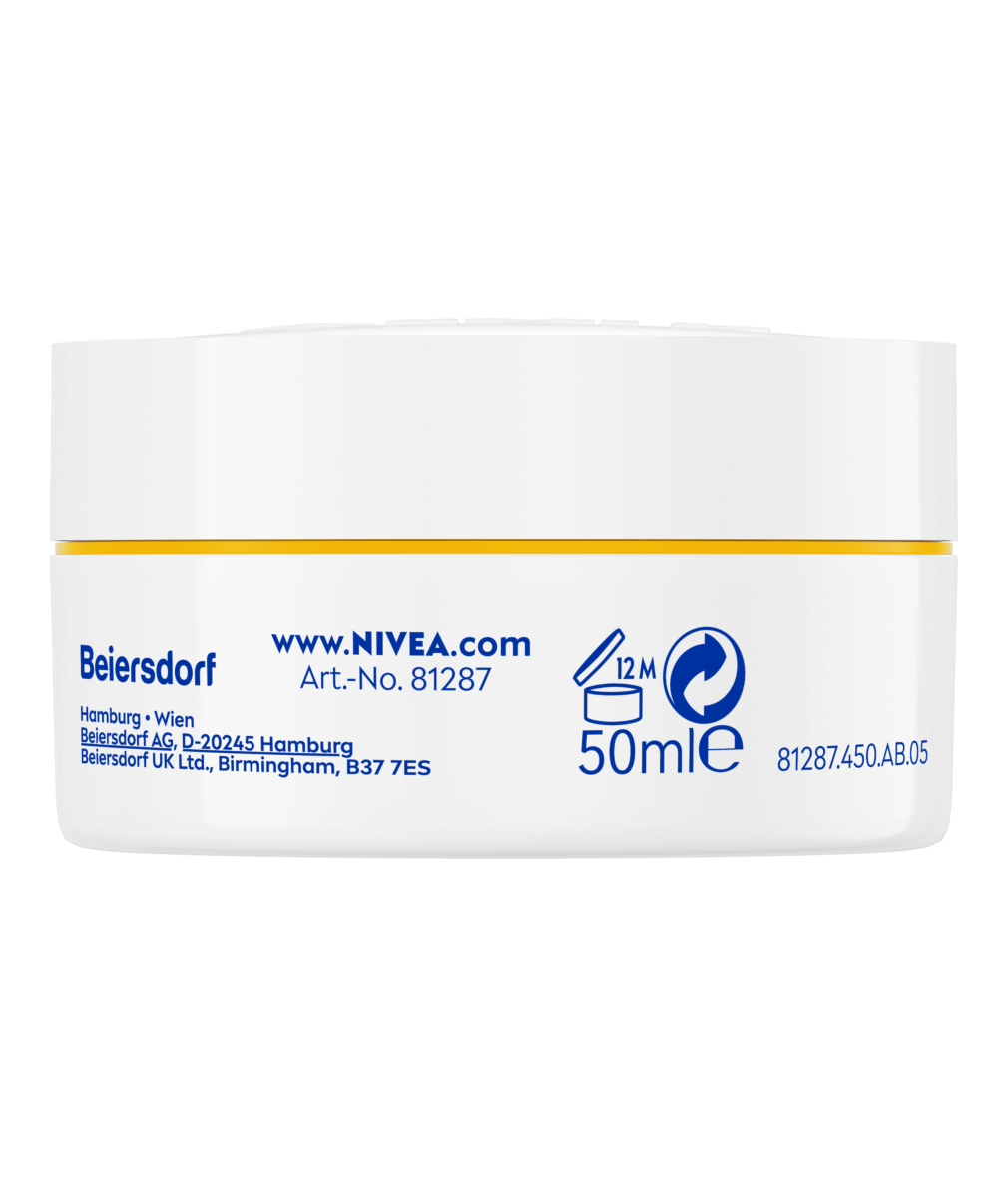
How to treat dry skin on knees
Read our guide for everything you need to know about white dry skin on knees and how to treat it.
How to treat dry skin on knees
Many people experience dry skin on their knees, particularly as we grow older. Your knees are one of the driest spots on your body. You may notice white, dry skin on your knees, or the area may become cracked and flakey.
As a result, your knees often need a bit of extra care and year-round attention.
Let’s take a closer look at the causes of dry knees and some treatments that could help soothe cracked knees.
As a result, your knees often need a bit of extra care and year-round attention.
Let’s take a closer look at the causes of dry knees and some treatments that could help soothe cracked knees.
What causes dry knees?
There are many reasons why you might be experiencing dry skin on your knees. A few reasons that can cause dry knees:
- Dry air (such as winter weather or a dry climate)
- Dehydration
- Washing your skin too often, particularly in hot water
- Vitamin or mineral deficiencies (particularly a lack of calcium, vitamin D, or vitamin E)
- Ageing
- Smoking
- Irritating or drying soaps, shower gels or bubble baths
- Skin conditions such as contact dermatitis, psoriasis, and eczema
- Dry air (such as winter weather or a dry climate)
- Dehydration
- Washing your skin too often, particularly in hot water
- Vitamin or mineral deficiencies (particularly a lack of calcium, vitamin D, or vitamin E)
- Ageing
- Smoking
- Irritating or drying soaps, shower gels or bubble baths
- Skin conditions such as contact dermatitis, psoriasis, and eczema
How to treat dry knees
Dry knees - instead of hiding them, take care of them! As knees are particularly prone to dry skin, they often require a more targeted approach as part of your skincare regime. As the area can be particularly sensitive, using hydrating but gentle lotions can reap the biggest moisturising benefits.
Dark spots on the knees
Before brown discoloration appears on the knees, the knees have a bluish tint. Blue knees initially appear as a result of frequent kneeling and then return to their normal appearance after a while. Bruising may reappear, especially in cold weather. However, if you spend a lot of time on your knees the bluish colour will persist and turn into dark spots on your knees over time.
Dark knees are also caused by hyperpigmentation, often as a result of sun damage. Remember to scrub the whole body the day before sunbathing, with particular emphasis on the knees and elbows. And don’t forget to lather on the suncream - not forgetting the knees. This will protect this sensitive area from UV rays that can cause dark spots and exacerbate dry skin.
Dark knees are also caused by hyperpigmentation, often as a result of sun damage. Remember to scrub the whole body the day before sunbathing, with particular emphasis on the knees and elbows. And don’t forget to lather on the suncream - not forgetting the knees. This will protect this sensitive area from UV rays that can cause dark spots and exacerbate dry skin.

